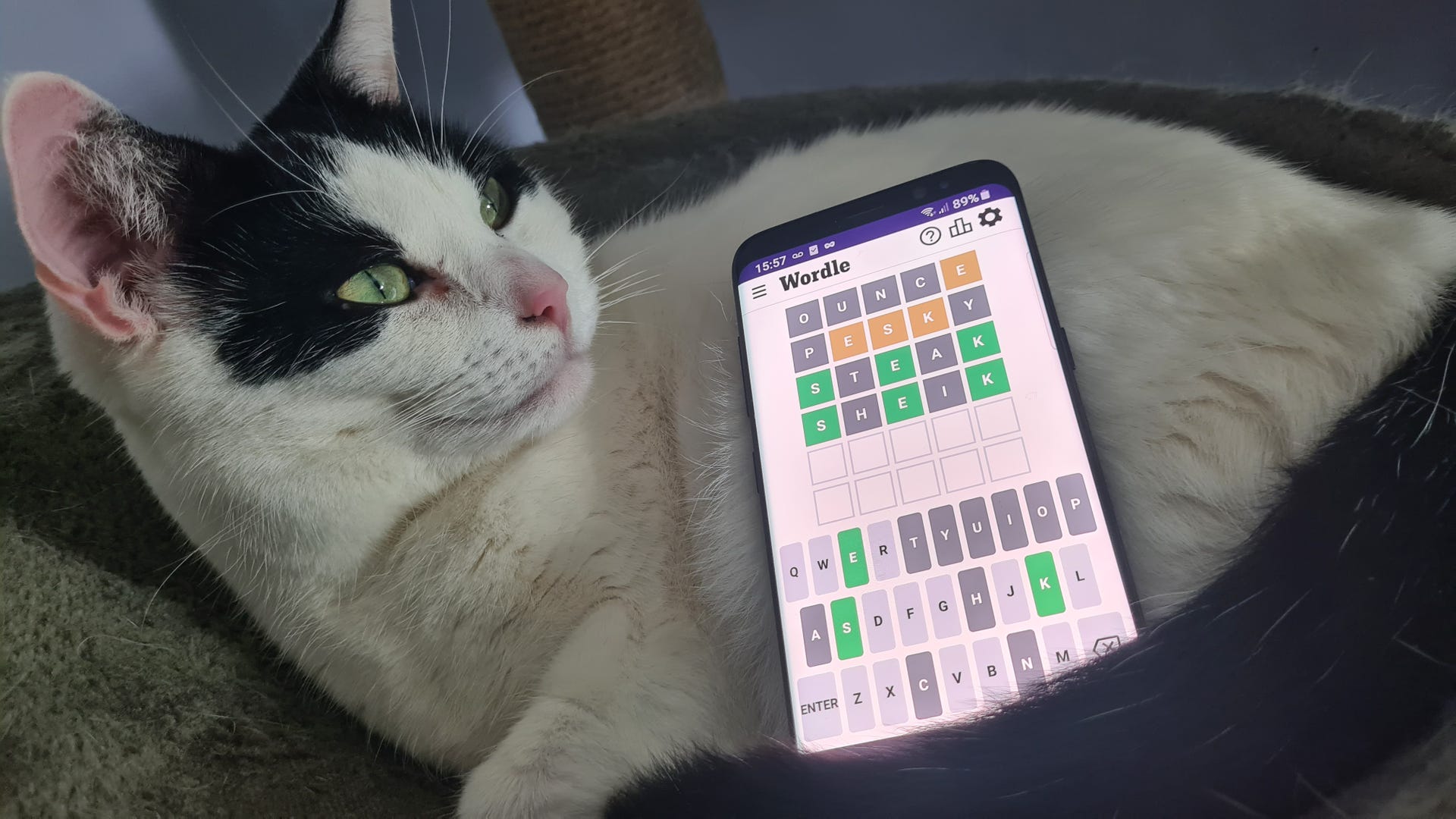
Best VR Headsets for PC
Over the years, the burgeoning world of VR has grown from its humble beginnings to wider accessibility. And when you’ve got a VR headset connected to the best gaming PC, these devices can do even more, like our favorite pick, the Valve Index with its seamless integration into Steam, powerful finger tracking, and comfort. But we’ve created a list of a few more top virtual reality headsets for PC to make your selection easier.
TL;DR – These are the best VR Headsets for PC
Valve Index – Premium ChoiceMeta Quest 3 – Budget PickHTC Vive Pro 2 – Best VisualsHTC Vive XR Elite – Best for Work and Play
The best VR headsets for PC allow you to step into fantasy worlds, create custom workspaces, and blend the digital and physical in service of mind-bending entertainment. To ensure you make the most of your experience, your headset must have accurate tracking, sharp displays, and a comfortable fit. Don’t forget that you need a powerful system ready to make the most of these headsets and plenty of space to ensure you don’t break things around your house – or yourself as you play.
So, if you’re ready to be immersed in new worlds, take a look at our top four VR headsets for PC.
The Best VR Headsets For PC:
1. Valve Index
The premium VR Headset for PC
Resolution (Per eye): 1440 x 1600 | Refresh Rate: 120Hz (144Hz experimental mode) | Field of View: 130 Degrees | Tracking: 6DoF | Weight: 1.79 pounds
Pros:
Powerful and convenient built-in speakers Best-in-class finger-tracking
Cons:
High price point
The Valve Index might be a few years old, yet it stands tall as one of the most uncompromising VR headsets on the market. The 120Hz refresh rate and 1440 X 1600 resolution mean apps and games look crisp as you move around and turn your head – super handy when you’re dodging headcrabs in Half-Life Alyx. The Index is also flush with premium padding and comfort dials that you can manipulate to create a snug fit. Even though it weighs 1.79lb, you rarely feel uncomfortable thanks to the well-constructed frame and ergonomic considerations.
Convenient and comfortable flip-down speakers flank your ears, and an easy-to-use passthrough system lets you quickly dip in and out of VR at will. The Index’s ties to Steam also make it a formidable choice for serious VR gamers who want access to an enormous library of games. Unlike other options on our list, the Valve Index uses external ‘lighthouse’ towers to map the room for hyper-accurate tracking and roomscale VR. Naturally, this summons extra playspace considerations, but the results are worth it. Valve’s ‘Knuckles’ controller solution also deserves praise, offering peerless hands-free immersion finger tracking. The only downside is the price point, but in this case, you certainly get what you pay for – and the platform’s system seller (Half-Life: Alyx) comes bundled in.
2. Meta Quest 3
The best budget VR Headset for PC
Resolution (Per eye): 2064 x 2208 | Refresh Rate: 120Hz | Field of View: 110 degrees | Tracking: 6Dof | Weight: 1.13 pounds
Pros:
Pick up and play setupFull-color passthrough
Cons:
Not a native PC VR setup
There are few headsets on the market with a more straightforward set-up process than the Meta Quest 3. If you want to pick up and play, here’s your best option. While the Quest 3 works primarily with the Meta Store, you can access the PC VR library by purchasing a link cable or by using the streaming apps Steam Link or Air Link – which require a solid home WiFi connection.
Because the Quest 3 doesn’t require a PC, it may seem like an odd choice for PC VR, but if you have top-class internet and don’t want to break the bank, Meta’s headsets are a compelling option. Beginning at $499, the Quest 3 is cheaper than most headsets on the market and lighter, too, at a nimble 1.13 pounds. You can also manipulate the fit with an (admittedly small) range of optical and headband dials.
Outside of its PC VR capabilities, The Quest 3 offers a plethora of bleeding edge mixed reality experiences, controller-free hand tracking and full-color passthrough. The specs under the hood are nothing to grumble at either, boasting an impressive 2064 x 2208 per-eye resolution.
3. HTC Vive Pro 2
For the best visuals
Resolution (Per eye): 2448 x 2448 | Refresh Rate: 120Hz | Field of View: 120-Degrees | Tracking: 6DoF | Weight: 1.9 pounds
Pros:
2448 x 2448 resolution per eye equals superb graphical fidelityComfortable fit and high-quality audio suite
Cons:
Intense hardware requirements
If you’re a graphics nerd and don’t want to compromise on VR visuals, the HTC Vive Pro 2 is right up your alley. Its 2448 x 2448 per-eye resolution per eye means intense games like Microsoft Flight Simulator will offer vibrant vistas and realistic immersion, backed up by the Pro 2’s fluid 120hz refresh rate. However, such impressive specs demand a beefy PC to power it all, which adds to the expense. Yet if money is no obstacle, the Vive 2 is a feature-filled value proposition.
The Vive Pro 2 comes with Hi-Res certified headphones that deliver booming sound as you play. And, whether it’s for leisure or work, the Vive Pro 2 boasts plenty of comfort options, such as the ability to carefully tweak the distance between lenses on top of ample supportive cushioning to support its 1.9 pounds of weight.
4. HTC Vive XR Elite
The best for work and play
Resolution (Per eye): 1920 x 1920 | Refresh Rate: 90Hz | Field of View: 110-Degrees | Tracking: 6DoF | Weight: 1.38 pounds
Pros:
Wireless design is extremely convenient Highly adaptable and comfortable to wear
Cons:
Not a native PC VR solution
Adaptability is a massive bonus when picking a PC VR headset, and the HTC Vive XR Elite is a smart choice if you’re looking for an HMD that suits both professional and casual settings and offers virtual, augmented, and mixed-reality experiences. If you want to get some work done at a Virtual Desk and experience the intensity of PC VR gaming, the XR Elite is worth considering.
The main caveat with the XR Elite is that, like the Quest 3, you’ll have to use a link cable or the Vive Streaming app to access the PC VR library. The tradeoff here is the device’s portability and viability for working environments versus the raw power offered by true PC VR headsets like the Valve Index.
The HTC Vive XR Elite’s wireless design and unobtrusive speakers make it a handy traveling companion, a solution for business trips and play sessions on the road. Although it’s not best-in-class, the 1920 x 1920 resolution per eye and 110-degree field of view provide bright and clear visuals. Like its sibling, the HTC Vive Pro, the XR Elite also offers multiple lens and band adjustments for a secure fit.
Upcoming VR Headsets for PC
In 2021, YouTuber Brad Lynch (SadlyItsBradley) reported spotting references to a new Valve device called “Deckard” within SteamVR code. Lynch went on to detail that the information uncovered references to a series of iterations on the headset, one of which being a ‘proof of concept’ for the device. Further fuel to the fire came in 2022, as Valve submitted a patent for a headset that featured some visual similarities to the Meta Quest lineup. Patents do not always mean a product is on the way, however, and it’s best to take this information with a pinch of salt.
Another boon for VR fans: Sony announced via a PlayStation Blog post in 2024 that the PS VR2 is currently being tested for compatibility with PCs. While there hasn’t been word on an official date, the post outlined that the company hopes for a 2024 launch for this functionality, with more updates to come later down the line.
How to Choose the Best VR Headsets for PC
We’ve chosen these PC VR Headsets based on our expertise and experience with VR, as well as IGN reviews and consumer feedback. When buying a VR headset, there are more than just digital specifications to consider, with physical comfort being an essential facet of the experience. For example, comfort dials, airflow, and build quality impact how the headset will feel when used. However, it’s also necessary to consider the technology under the hood, with the efficacy of a headset’s parts correlating with performance in the games you wish to play.
Then there are quality-of-life features to consider, like the efficacy and style of a headset’s tracking solution or passthrough and refresh rate, which governs the fluidity you experience inside a given game.
FAQ
Are cheaper VR headsets worth buying?
While the more expensive headsets on our list offer improved tracking and better graphical performance, more affordable headsets, like the Meta Quest 3, are compatible with PC VR. Crucially, wireless headsets like the Quest 3 do not offer a native PC VR experience, as they are contained devices that don’t require a PC to function. However, apps like Steam Link and Air Link allow players to stream intense PC VR games from their gaming rig to the headset via WiFi, and this technology has come a long way in recent years. If your home internet setup is strong enough, and you have a powerful gaming rig, you can get away with streaming the PC VR library to a cheaper headset such as the Quest 3 if you want to experience PC VR on a budget. The added benefit of this approach is that the Quest 3 is rather powerful in and of itself, features many exclusive games and features, and is a wireless device that you can take anywhere.
Do I need a powerful PC to use VR?
Like PC games, VR headsets and VR games have minimum and recommended system requirements that you’ll need to meet to get the associated applications working smoothly. If you’re jumping into PC VR to play a specific set of games, it’s worth investigating their system requirements before making any big purchases to ensure you’ll be able to make the most of your proposed headset. Generally speaking, you will need high-end hardware in your gaming rig, such as potent graphics cards and processors, to play the most demanding VR games. If building a gaming rig for PC VR is out of your budget, it’s worth considering some of the standalone headsets on the market, which work wirelessly without needing an external computer.
What VR headsets don’t require a PC?
VR headsets for PC are mighty capable. But if you’d like to play away from home or even in a different room from your computer, you’ll need to find another option. The Meta Quest 3 and the entire Quest lineup are great hybrid options that excel as standalone VR headsets. The Pico 4 works similarly to the Meta Quest and is great for those who don’t want a tether. We’d be remiss not to mention the brilliant, Apple Vision Pro; it’s wildly powerful solo or seamlessly integrates into the Apple ecosystem, proving an innovative way to work on the best MacBooks.
PlayStation VR2 doesn’t require a PC. However, you’ll need the PS5 to enjoy the truly spectacular VR experience. Some great budget VR headsets also use the screen of your smartphone for a fun, more immersive experience that’s especially well-suited for children.
How do you ensure the best VR headset for PC experience?
Beyond having a powerful gaming PC and a capable, comfortable VR headset, there are several other factors to consider to make the most of your VR experience. A well-lit space ensures you have the most accurate tracking. You’ll also want the freedom to move around the area you’re playing in. So, the space should be free of obstacles or furniture that could trip you up or get tangled in wires. It may be helpful to place a rug or other objects that indicate when you’re leaving the dedicated play area. Luckily, some headsets come with their own indicators.
Sarah Thwaites is a freelance tech writer at IGN, with bylines at GameInformer, TrustedReviews, NME and more.





